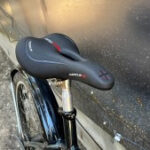In the vast landscape of electric mountain bikes, it’s rare to find a brand that deviates from the norm. Mass production dominates, and smaller companies often focus on commuter e-bikes rather than high-performance e-MTBs. Crestline Bikes is an exception, boldly carving its own path against the current.
Founded in 2020 by two individuals without prior bike industry experience, Crestline is a young company making significant strides. They successfully navigated the challenges of a global pandemic, established connections with a reputable carbon fiber manufacturer in Vietnam, and strategically partnered with industry leaders like Bosch and Cascade Components. These crucial moves ensured their debut e-MTB would be competitive in an increasingly demanding market. Adding to their impressive start, Crestline secured renowned downhill rider Sam Blenkinsop as their first sponsored athlete. This is no small feat for a fledgling brand.
But beyond the compelling backstory, the Crestline RS 75/50 EEB stands out as an exceptional e-bike, regardless of the company’s newcomer status. It’s a bike that rivals, and in some aspects surpasses, established players in the e-MTB arena, and arguably one of the finest e-MTBs available today.
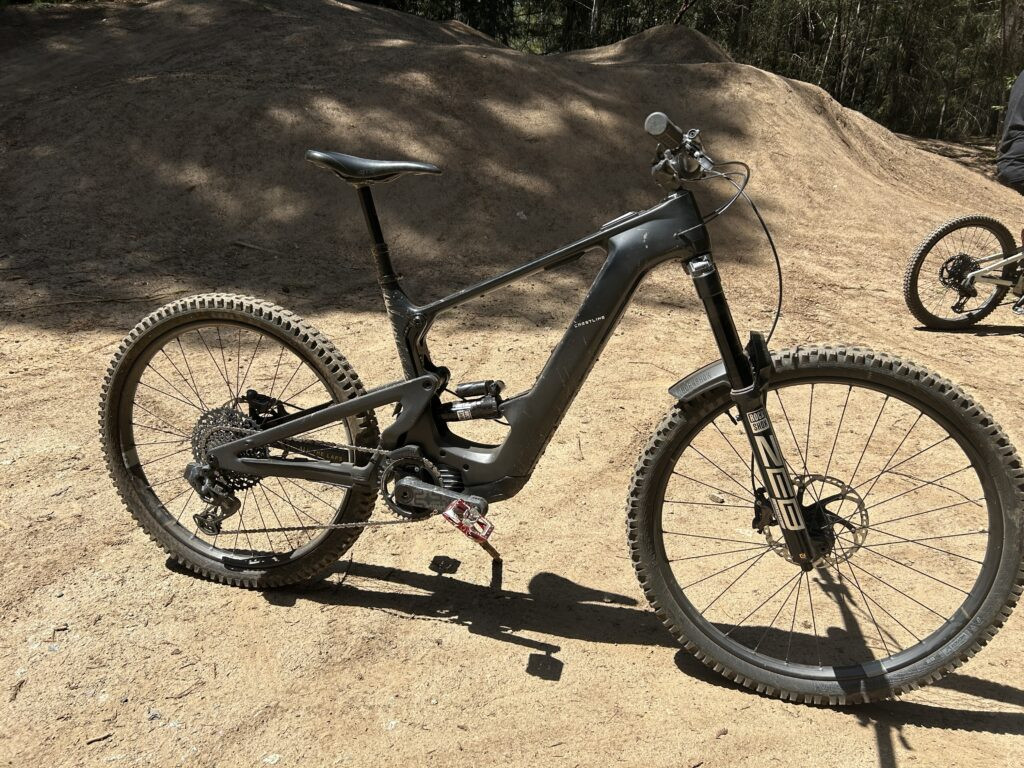 Rider on Crestline e-bike going downhill
Rider on Crestline e-bike going downhill
Trail Rides: Testing the Crestline RS 75/50 EEB
While this review is based on concentrated ride time rather than extended use, the experiences were thorough. The Crestline e-bike was put through its paces over two days at Sea Otter Classic, complemented by an earlier ride in Southern California during a visit to Bosch. These rides, though condensed, offered diverse terrain and ample opportunity to assess the bike’s capabilities, even pushing the large 750Wh battery to its limit.
Ride 1: Santa Cruz Campus Trails
The Santa Cruz trails, with their demanding climbs and exhilarating downhill sections, are perfect for e-bikes. Riding with Crestline founder Troydon and Sam Blenkinsop before Sea Otter, the terrain proved incredibly steep. However, the exceptional traction allowed for aggressive braking and cornering. Over approximately 24 miles, five laps were completed, showcasing the bike’s climbing and descending prowess.
Ride 2: Sea Otter “Enduro” Course
Back at Laguna Seca, Sam Blenkinsop aimed to preview the next day’s enduro race course. Despite the Crestline having around 30% battery remaining, the opportunity to explore was too good to pass up. The Sea Otter venue, not known for enduro-specific trails, offered a cross-country style loop. As battery levels decreased, Eco mode became essential, and even strategic power-offs of the Bosch Performance Line CX Race motor were employed. The 14-mile ride concluded with a final climb conquered with a depleted battery, highlighting the range and battery management aspects of the bike.
Ride 3: Sea Otter E-MTB Race
The Sea Otter e-MTB race, a unique short and grassy cross-country circuit, presented another test. Having participated in this race previously, the full-power, full-boost format was familiar. The Bosch Race motor proved to be a significant advantage during this hour-long, all-out racing scenario, demonstrating the motor’s responsiveness and power delivery in a competitive setting.
The Bosch Performance Line CX Race Motor Advantage
A detailed analysis of the Bosch Performance Line CX Race motor is available in a separate article. However, its relevance to the Crestline e-MTB is undeniable. This high-output motor aligns perfectly with the long-travel design of the bike. Crestline’s founders, both downhill riding enthusiasts, prioritize full-power motors, viewing e-MTBs as ideal shuttle vehicles capable of conquering challenging downhill trails.
This philosophy explains the bike’s 175mm of rear travel and compatibility with dual-crown forks. For such demanding applications, a robust motor and substantial battery are essential for powering uphill sections. This configuration may also appeal to larger riders. However, for those seeking an e-bike that closely mimics the feel of a traditional mountain bike, the Crestline’s power and weight might be considered excessive.
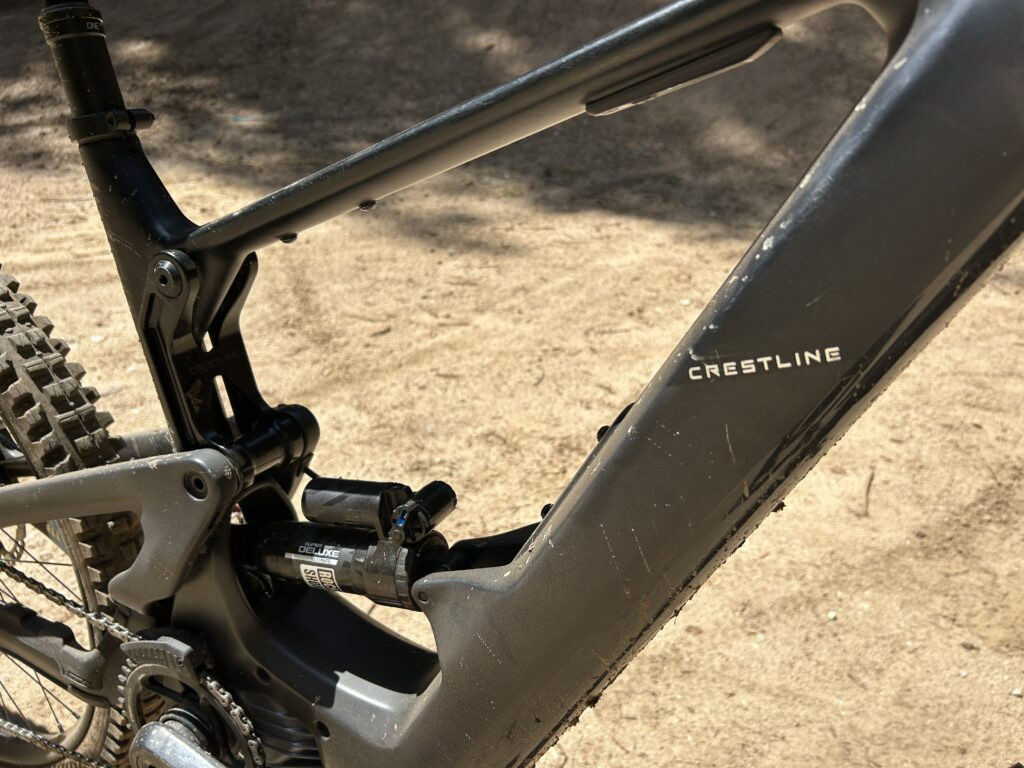 Side view of Crestline RS 75/50 EEB e-bike
Side view of Crestline RS 75/50 EEB e-bike
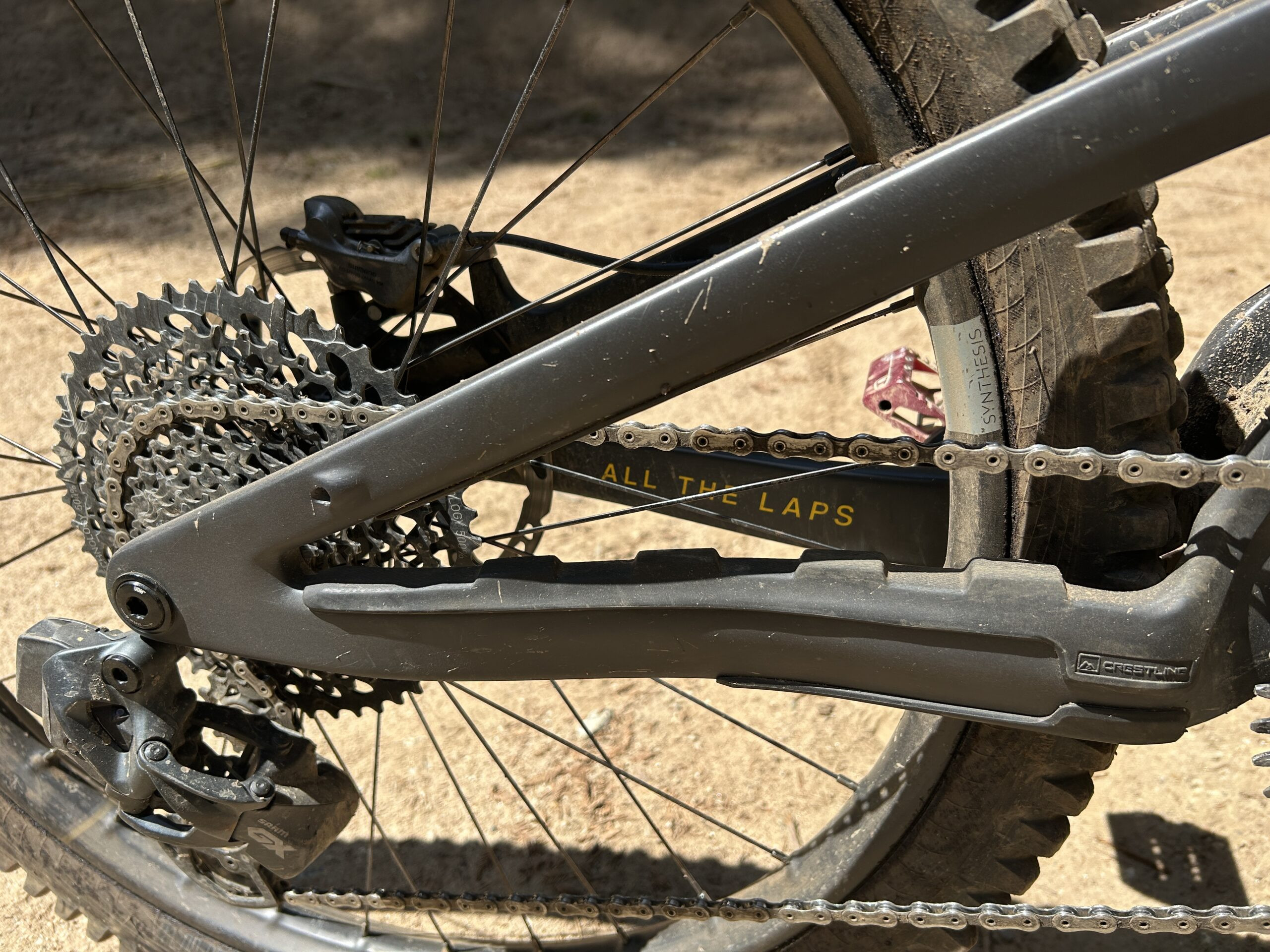 Front view of Crestline RS 75/50 EEB e-bike showcasing front suspension
Front view of Crestline RS 75/50 EEB e-bike showcasing front suspension
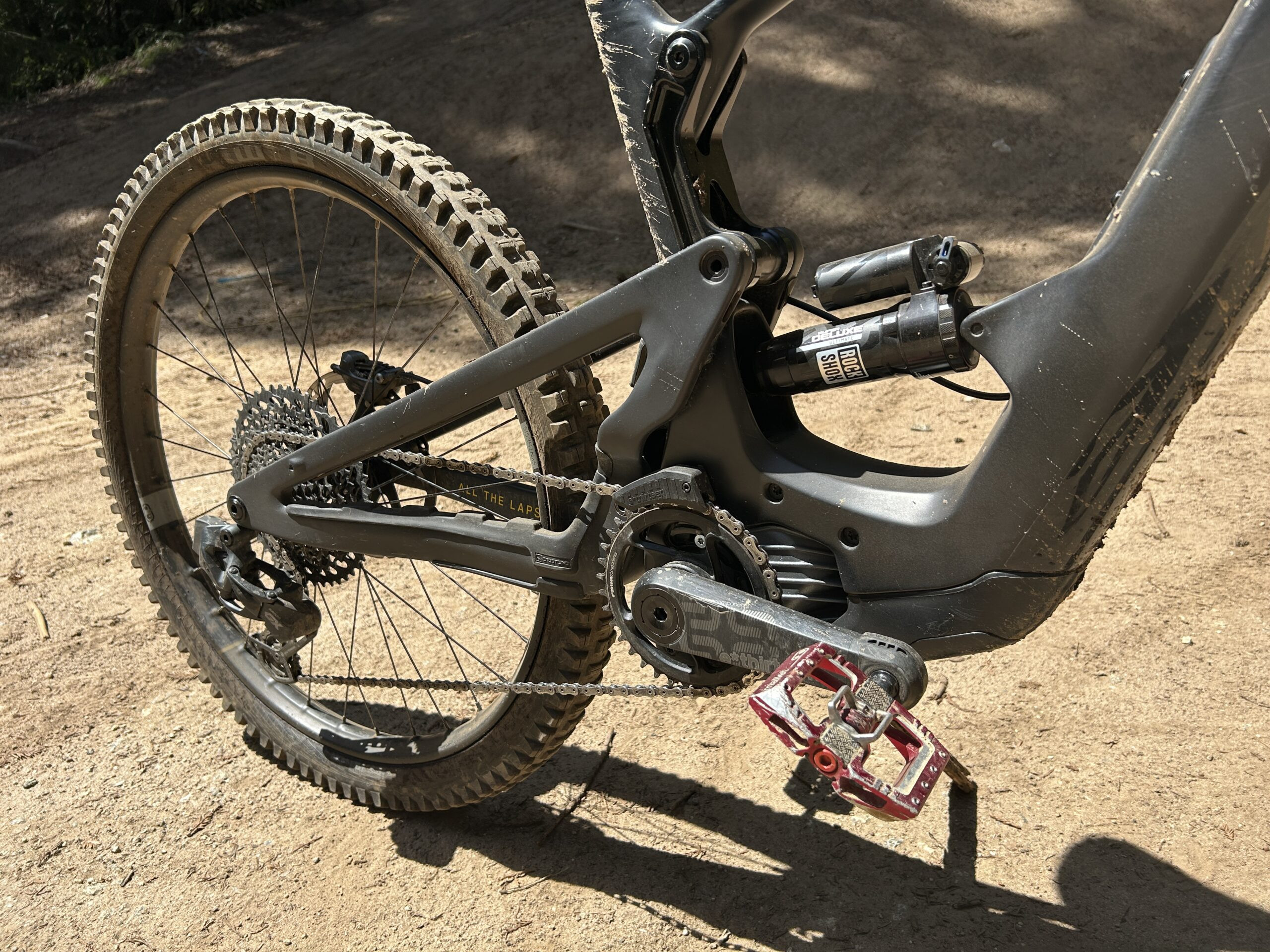 Close up of Crestline e-bike frame and components
Close up of Crestline e-bike frame and components
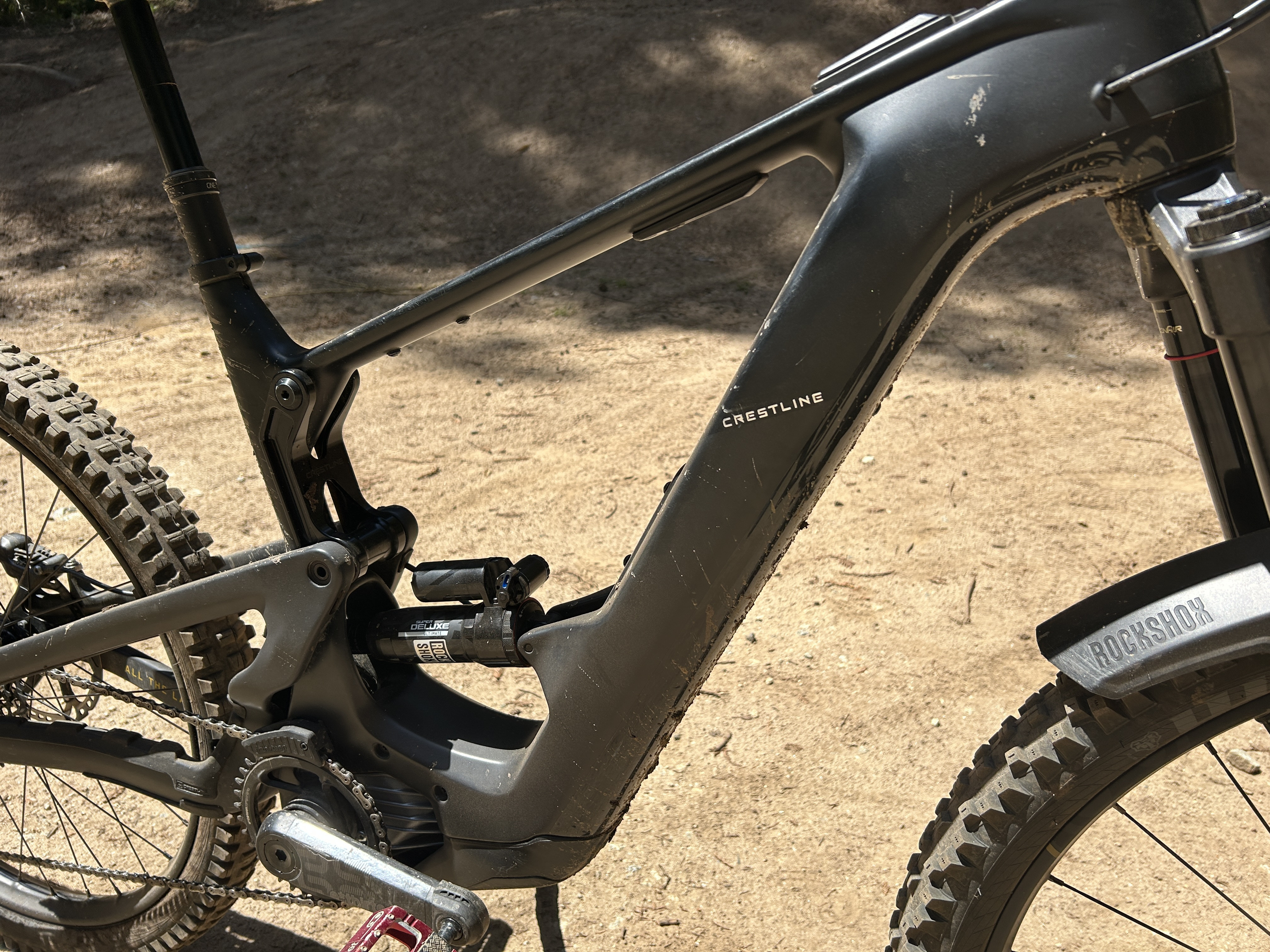 Action shot of Crestline e-bike riding on a trail
Action shot of Crestline e-bike riding on a trail
 Rider on Crestline e-bike going downhill
Rider on Crestline e-bike going downhill
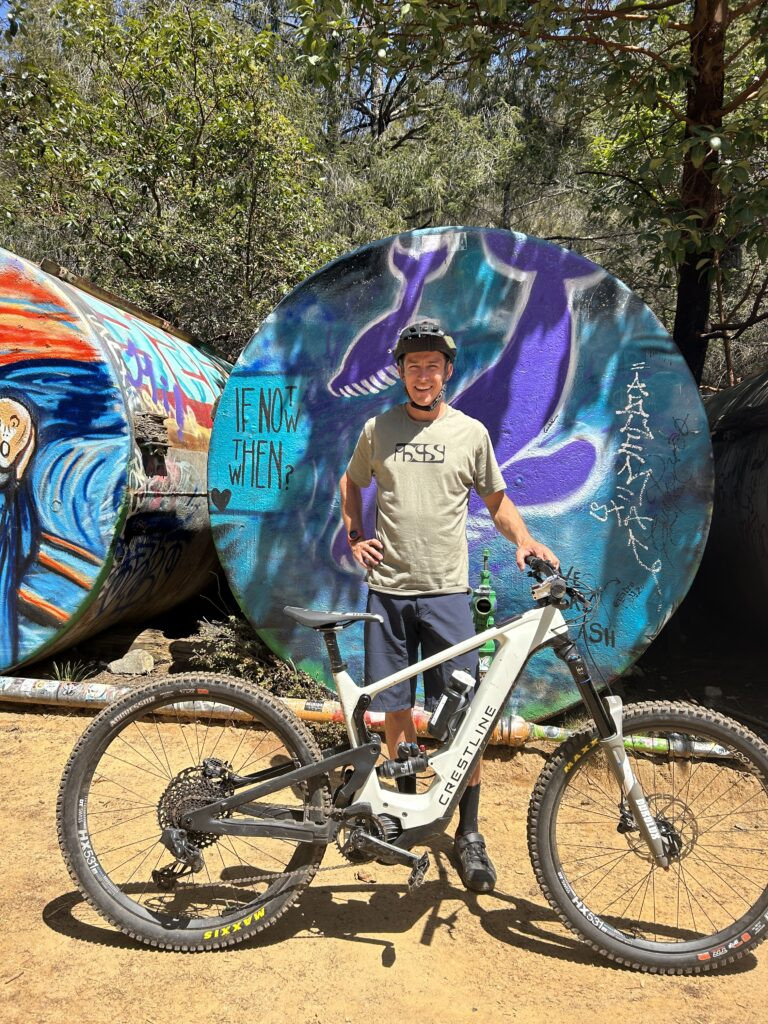 Professional downhill rider Sam Blenkinsop on a Crestline e-bike
Professional downhill rider Sam Blenkinsop on a Crestline e-bike
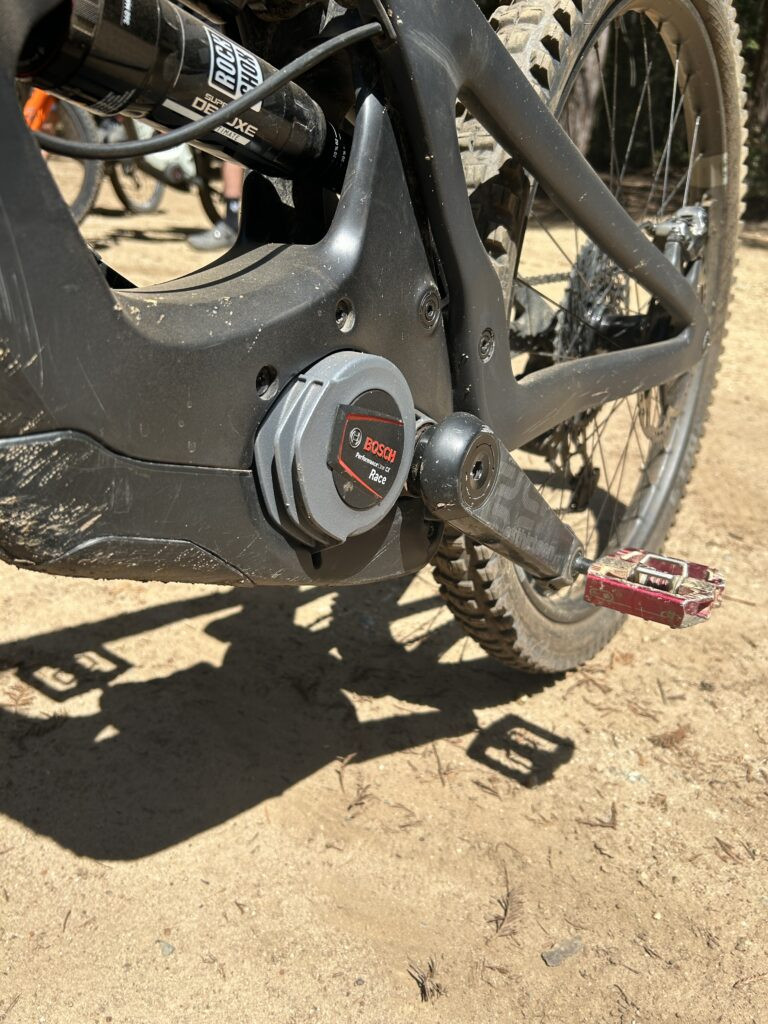 Close up of the Bosch CX Race Motor unit on the Crestline e-bike
Close up of the Bosch CX Race Motor unit on the Crestline e-bike
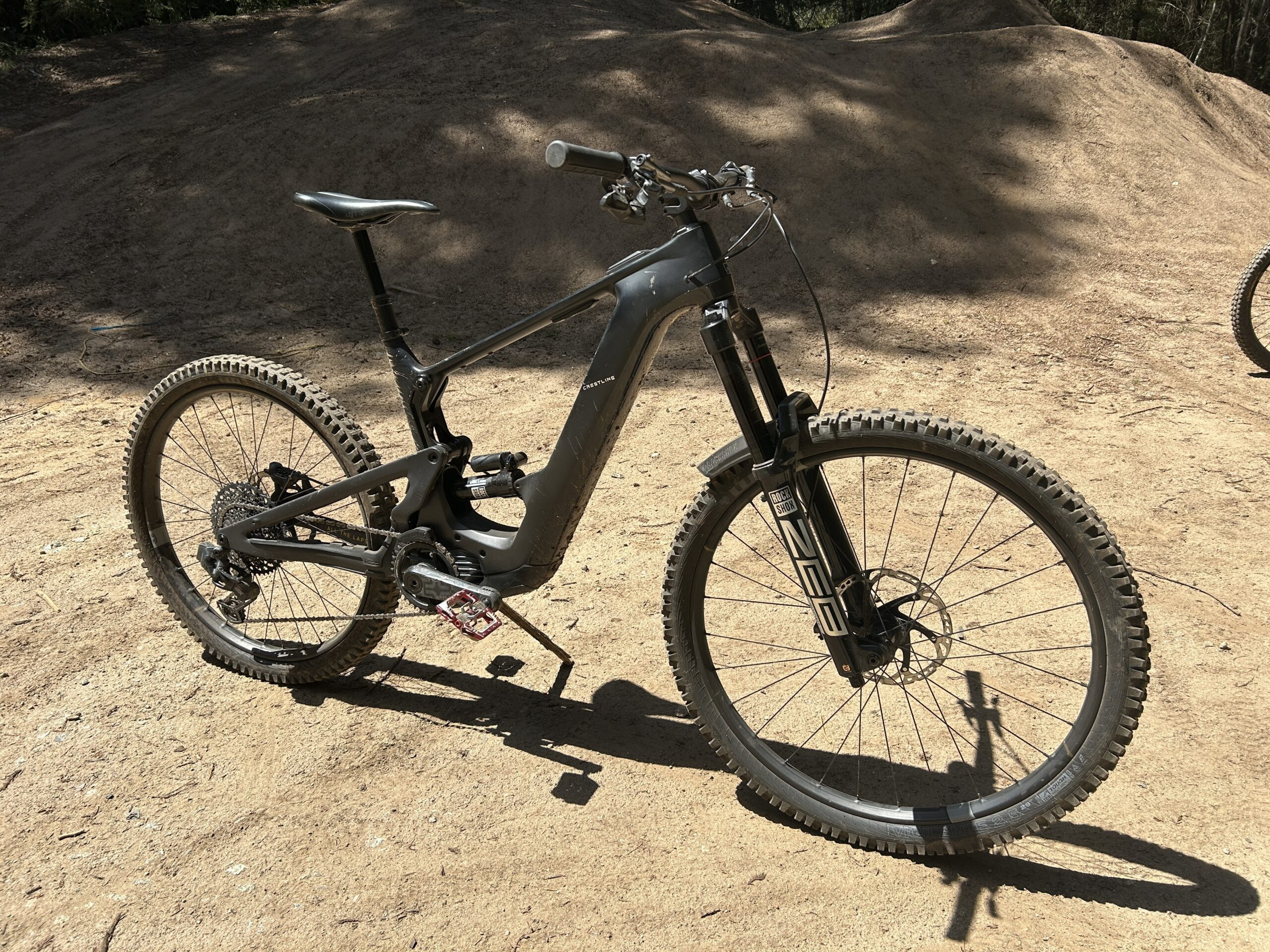 Rear view of Crestline e-bike highlighting rear suspension design
Rear view of Crestline e-bike highlighting rear suspension design
Crestline RS 75/50 EEB E-MTB Review: Performance and Handling
Initially, riding with a World Cup downhill racer on unfamiliar terrain and a new bike induced some apprehension. However, both Troydon and Sam Blenkinsop’s confidence was reassuring. Despite the frame being slightly larger than ideal, the Crestline’s handling felt immediately natural and intuitive. After minimal adjustments, the suspension performed predictably and effectively. From the first descent to the final race lap at Sea Otter, the entire bike package felt cohesive and well-engineered.
The VPP rear suspension, even with an air shock, offered exceptional ground tracking and control.
Crestline’s collaboration with Cascade Components was instrumental in achieving the bike’s outstanding suspension performance. Cascade’s expertise guided the new manufacturer in design direction and facilitated rapid prototyping of different linkages during development. This collaborative approach was also highlighted by Sam Blenkinsop when discussing the development of his Crestline downhill race bike.
While comparisons are often disliked by bike brands, the Crestline’s ride quality is strikingly reminiscent of the Santa Cruz Megatower, a highly regarded bike. This observation, shared with Troydon, was received as a compliment, underscoring the Crestline’s impressive performance.
Even with an air shock, the VPP (Virtual Pivot Point) rear suspension maintained exceptional composure. Navigating significant holes and drops on the Campus trails, the Crestline never felt overwhelmed or excessively harsh. As observed with other e-bikes, the added weight appears to enhance suspension performance, a characteristic evident in the RS 75/50 EEB.
Final Thoughts: Crestline RS 75/50 EEB – A Top-Tier E-MTB
The Crestline RS 75/50 EEB presents only a few minor considerations. The initial production run was limited to just 50 bikes, impacting availability. The price point is premium at $12,000. And the model name, a numerical and alphabetical sequence, is somewhat cumbersome to recall.
However, these points fade in significance when considering the bike’s exceptional ride quality. For riders seeking a no-compromise, downhill-oriented e-MTB with balanced and capable suspension, confident handling, and cutting-edge motor technology, the Crestline RS 75/50 EEB stands as a top contender in the e-MTB market, deserving serious consideration.

